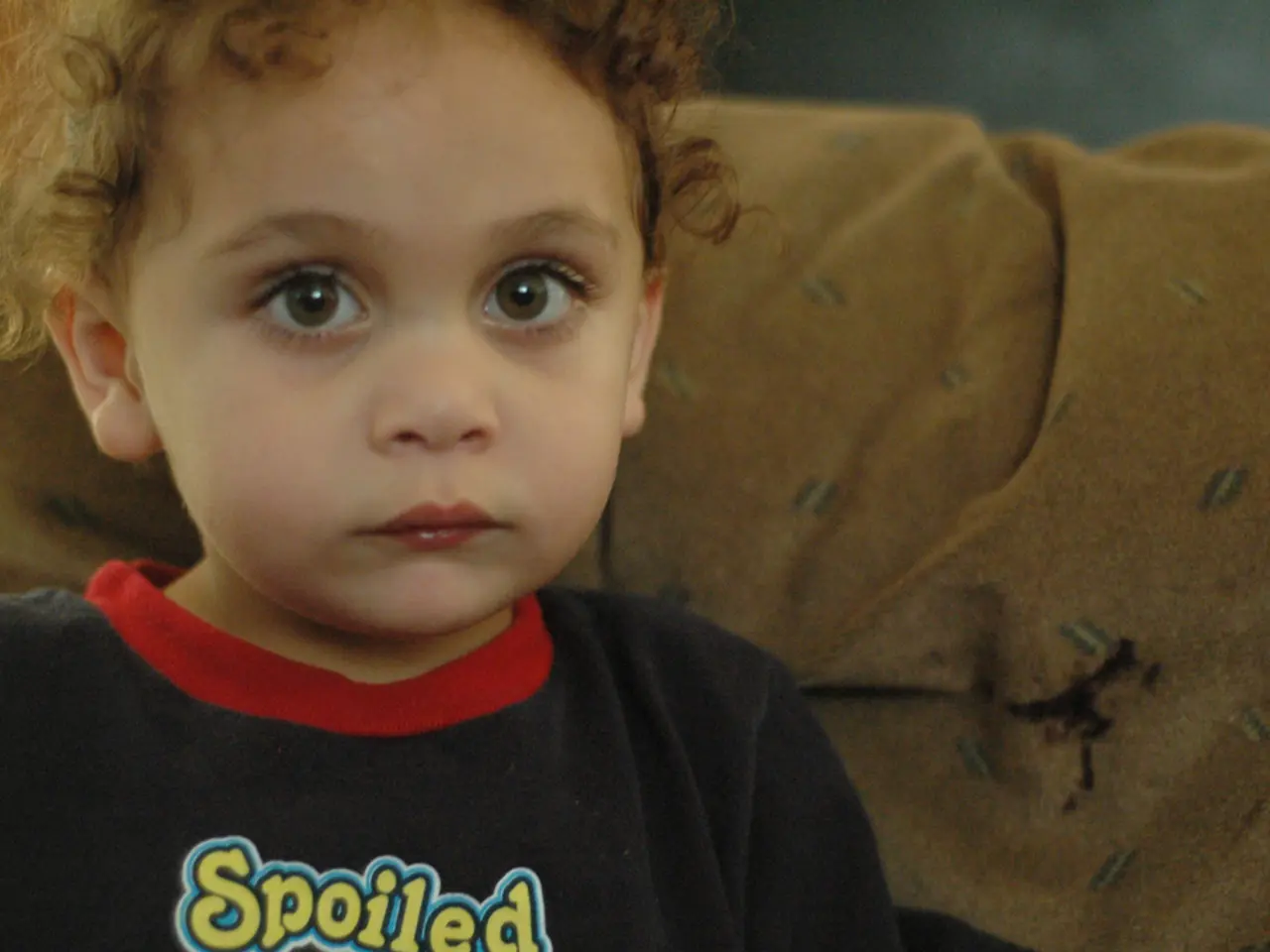Enterovirus Cases Surge in Russia, Children Most at Risk
Enterovirus infections, including those caused by the Coxsackie virus, are on the rise in Russia. The seasonal increase began in late May 2025 and peaked in August, with children aged three to six being the most at risk. Rospotrebnadzor confirms the increase is within expected limits.
The spread of enteroviruses in the fall is facilitated by children returning to kindergartens and schools. These environments are prime locations for the virus to circulate. The Coxsackie virus, named after the town of Coxsackie in the USA, is highly resilient and can spread through human contact and contaminated surfaces. It remains active in the fall, posing a persistent threat.
Personal hygiene is key to prevention. Frequent and thorough hand washing, along with disinfecting toys and surfaces, can significantly reduce the risk of infection. Washing fruits and vegetables under running water is also crucial. Some cases may require hospitalization, but the disease usually runs a mild course.
Enterovirus infections, including those caused by the Coxsackie virus, are being registered in various regions of Russia. The seasonal increase began in late May 2025 and peaked in August. Rospotrebnadzor is monitoring the situation and confirms the increase is seasonal and within expected limits. Strict adherence to personal hygiene rules is the best way to protect against these viruses.






